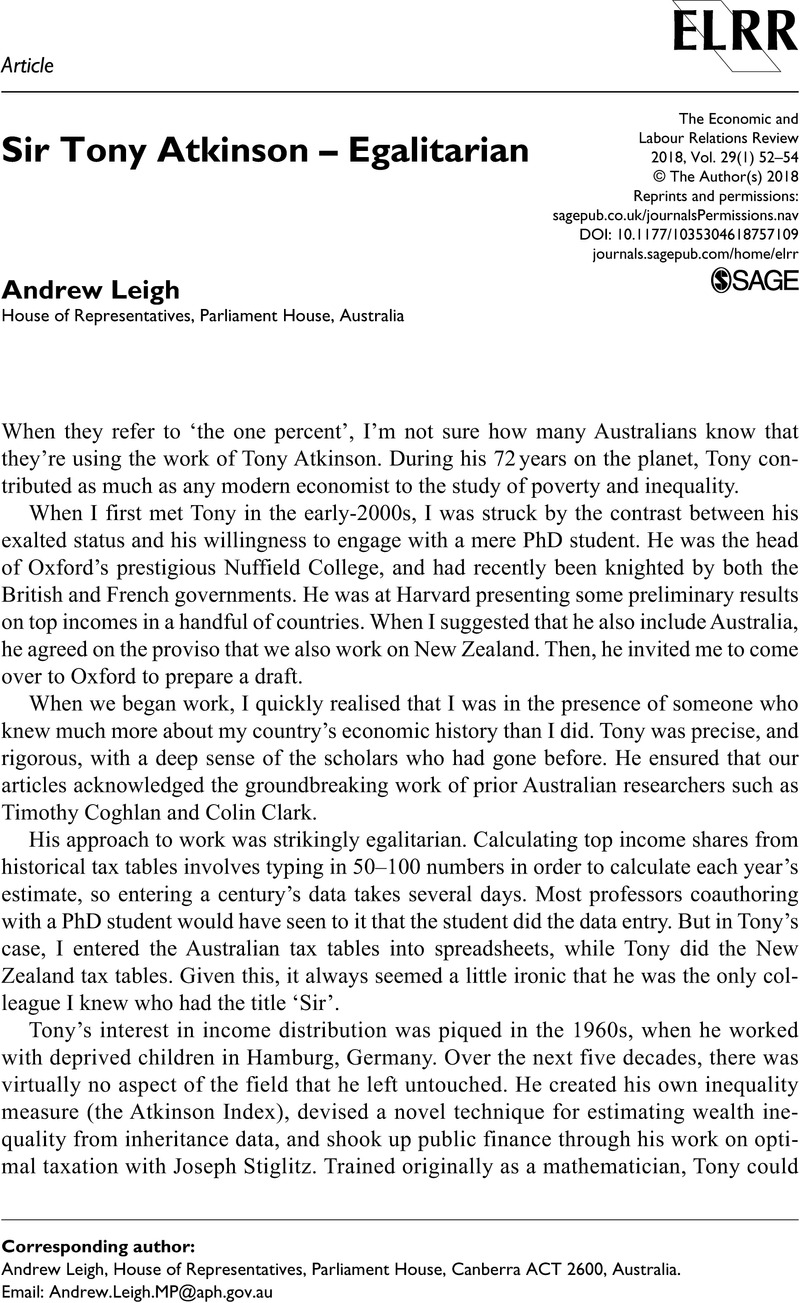Crossref Citations
This article has been cited by the following publications. This list is generated based on data provided by Crossref.
Chaudhuri, Sarbajit
2002.
International Migration of Skilled and Unskilled Labour, Welfare and Skilled-Unskilled Wage Inequality: A Simple Model.
SSRN Electronic Journal ,



